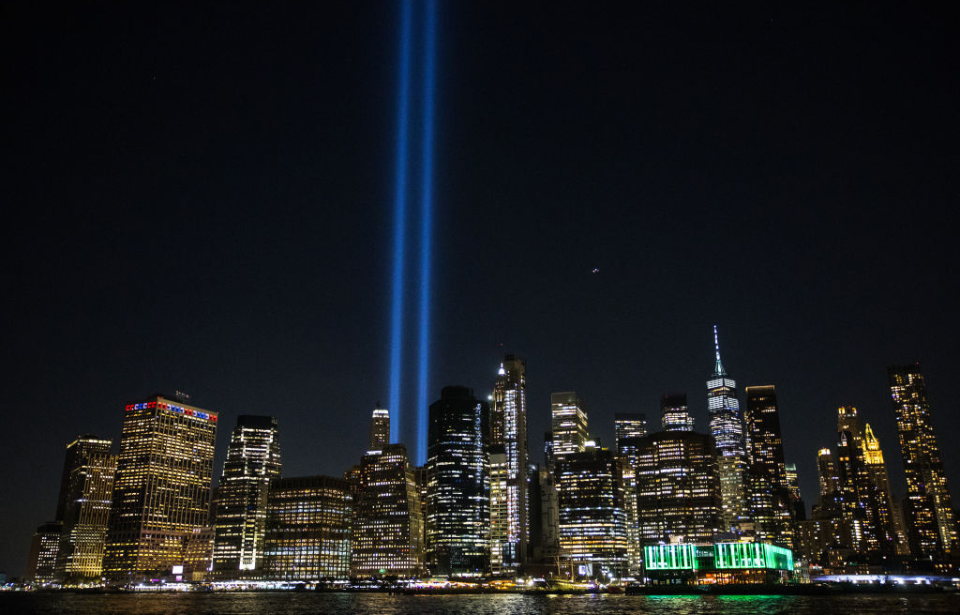September 11, 2001, is a day that, for many, still holds a vivid image of death, destruction and disaster. The World Trade Center (WTC) has been rebuilt, the field in Pennsylvania has grown back, and the Pentagon has been reconstructed, but what occurred has left a lasting effect on people around the world.
The following are nine facts about what took place on 9/11.
Ground Zero
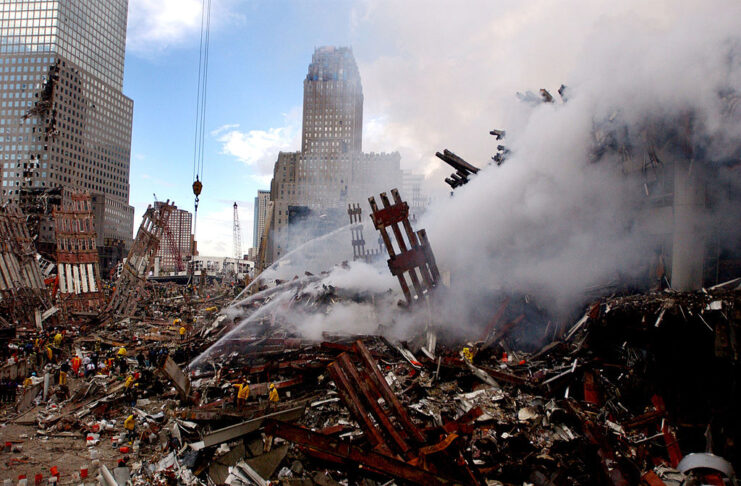
You’ve likely seen the image of firefighters raising the American flag at Ground Zero just mere hours after the attack. Today, we commonly refer to the World Trade Center‘s location as “Ground Zero,” but it’s not the first site to carry this designation.
Ground Zero was initially used to describe the locations of atomic bomb detonations, namely the Trinity Test site in New Mexico, Hiroshima and Nagasaki.
Three separate locations were attacked on 9/11
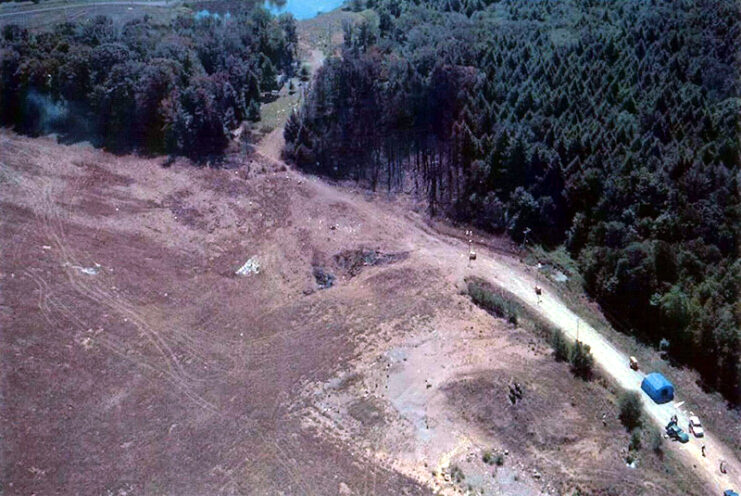
New York City, New York, is what comes to mind when you think of 9/11. This is likely due to the media coverage it received. That being said, there were two other locations that were impacted that day: the Pentagon and a field in Pennsylvania.
United Airlines Flight 93 crashed into a field in Somerset County, Pennsylvania. The hijackers originally intended to crash the airliner into either the White House or the Capitol, but the passengers, having learned of the hijackings in New York, were not about to let that happen – they tried to overtake the aircraft, which led to the aforementioned crash.
The Pentagon was hit at 9:37 AM and suffered severe damage, collapsing in some spots; it took the airliner under a second to penetrate through the building’s rings (about 310 feet in length). The crash sent a fireball into the sky.
An engine from one of the aircrafts survived
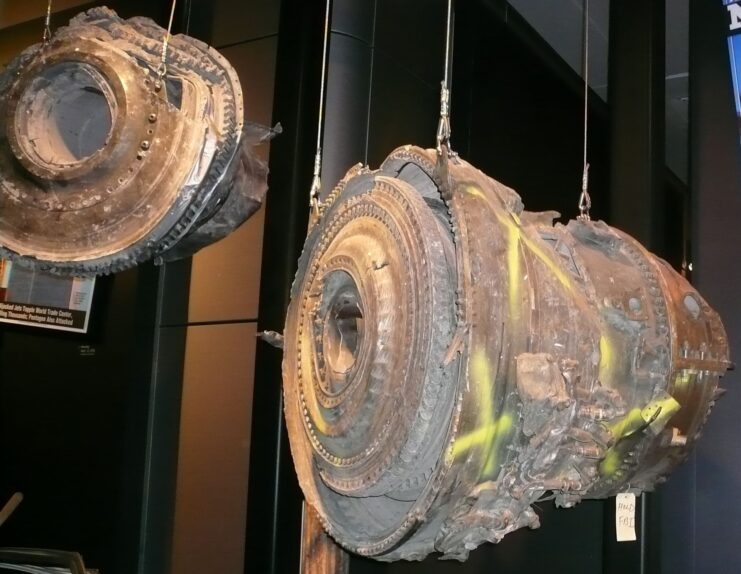
Airliners crashed into the Twin Towers. Somehow, between the initial strike, the fires and the eventual collapse of the buildings, an engine from one of them managed to survive. It’s believed to be from United Airlines Flight 175, and it was found blocks from Ground Zero.
$100 million in art was destroyed on 9/11
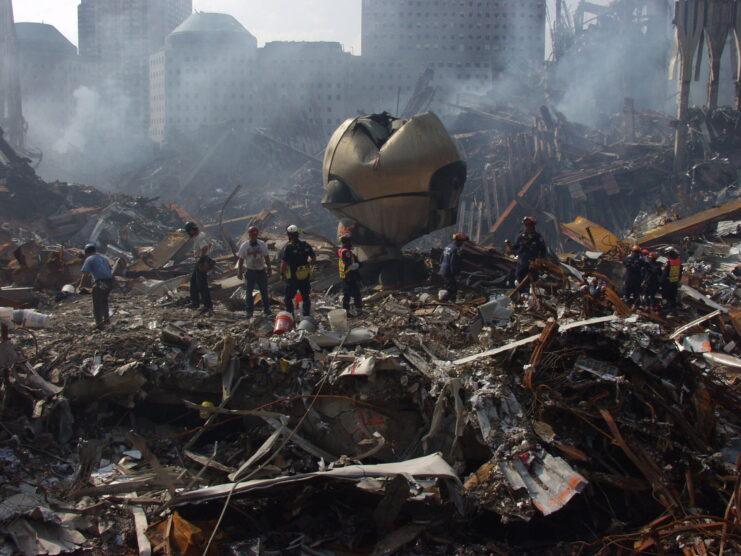
One thing most people don’t think about when considering the losses incurred on 9/11 is art. Around $110 million in art was destroyed during the attacks, with pieces from the likes of Pablo Picasso and Roy Lichtenstein being lost.
Cantor Fitzgerald
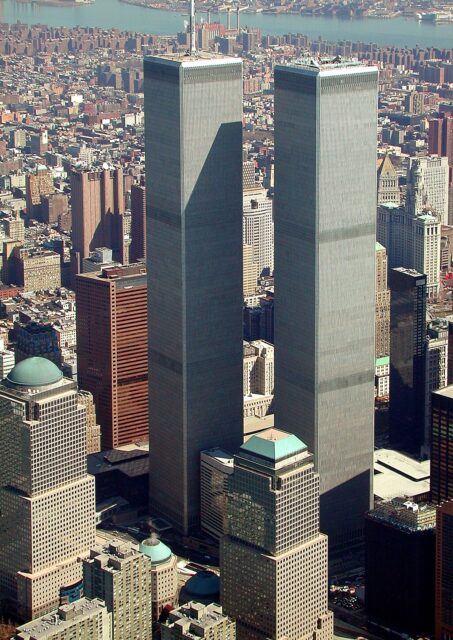
Financial firm Cantor Fitzgerald, LP lost over two-thirds of its workforce on 9/11. The business’ corporate headquarters were on floors 101-105 of the World Trade Center. It suffered the largest loss of employees on that day, far exceeding any other business, government office or enterprise; none of the Cantor Fitzgerald workers who were in the tower that day survived.
In total, 658 employees of the firm died. The company only employed 960 total at the time.
Three buildings fell on 9/11
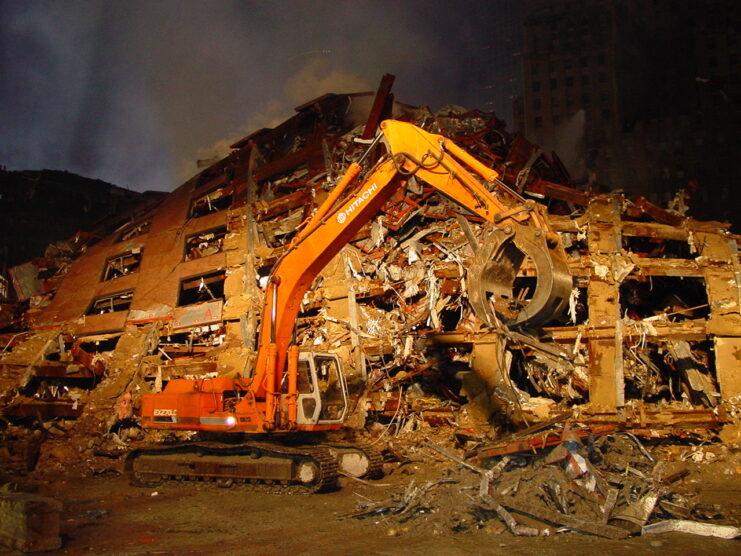
Three buildings actually fell in New York City on 9/11. Obviously, the Twin Towers are the main ones, but 7 World Trade Center, a smaller tower, also collapsed that day.
The building suffered heavy damage when the Twin Towers fell and caught fire. Around 5:20 PM on September 11, 2001, 7 World Trade Center collapsed. Thankfully, the building had been evacuated earlier that day, which meant there were no casualties from the incident.
A horrific death toll
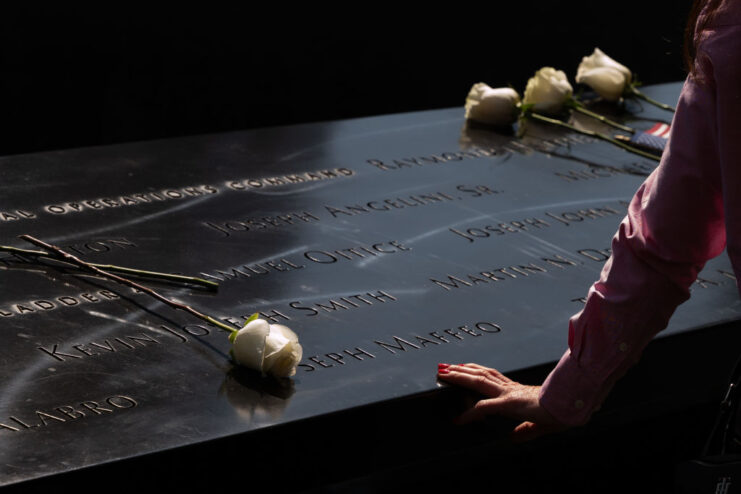
It’s reported that 2,996 people died in the attacks on September 11, 2001: 2,977 victims, as well as 19 hijackers. There were more than 6,000 injuries reported, as well.
Below are the death tolls from each location:
- World Trade Center: 2,606 victims.
- American Airlines Flight 11: 87 victims, five hijackers.
- United Airlines Flight 175: 60 victims, five hijackers.
- Pentagon: 125 victims (civilian, military and government personnel).
- American Airlines Flight 77: 59 victims, five hijackers.
- United Airlines Flight 93: 40 victims, four hijackers.
Economic impact of 9/11
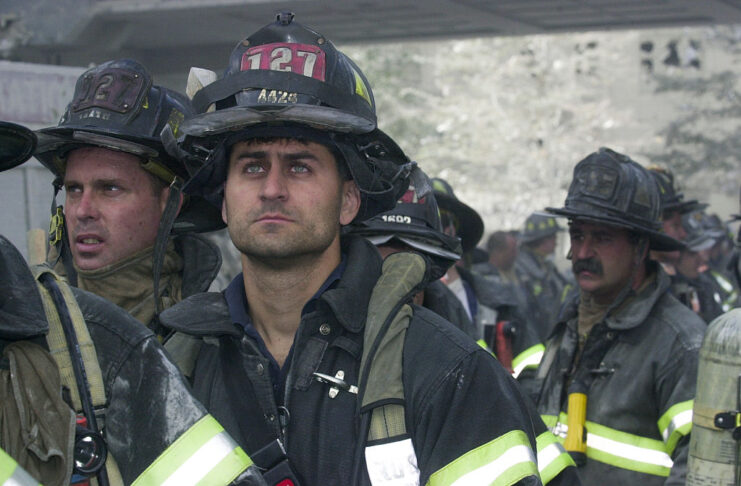
It’s believed planning the attack cost the hijackers over $500,000 to plan and coordinate the attack. In the United States, it cost more than $750 million to clean up Ground Zero, and there was more than $9.3 billion in insurance claims.
On top of this, about $60 billion in damages was suffered by the World Trade Center and New York City’s subway system, and over $120 billion was estimated to have been lost in the airline industry and tourism sector.
Where did the steel from the World Trade Center go?
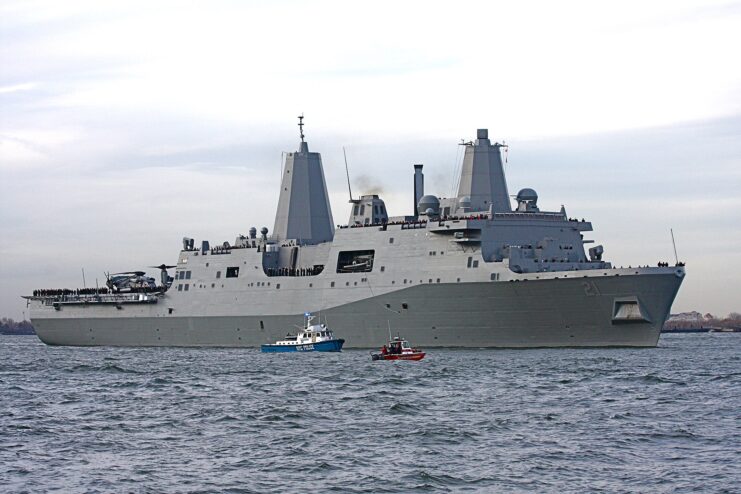
In total, there was 185,101 tons of steel at the site of the World Trade Center. A majority of this was actually sold following the cleanup of the site. China and India were major buyers, with Chinese company Baowu purchasing more than 50,000 tons.
More from us: Deadly Military Uniform Designs That Ultimately Got Soldiers Killed
Want War History Online‘s content sent directly to your inbox? Sign up for our newsletter here!
Any unsold steel was later be used to erect memorials across the United States, with some being included in the construction of the USS New York (LPD-21).
